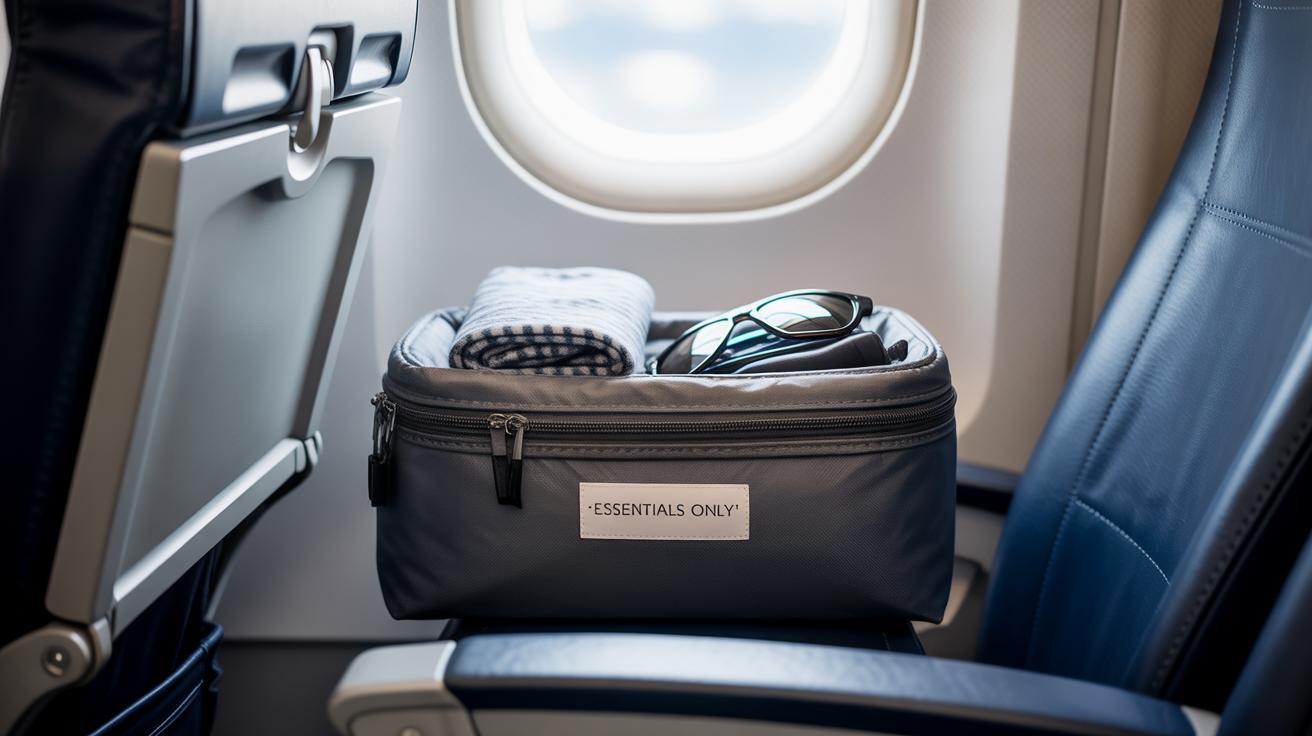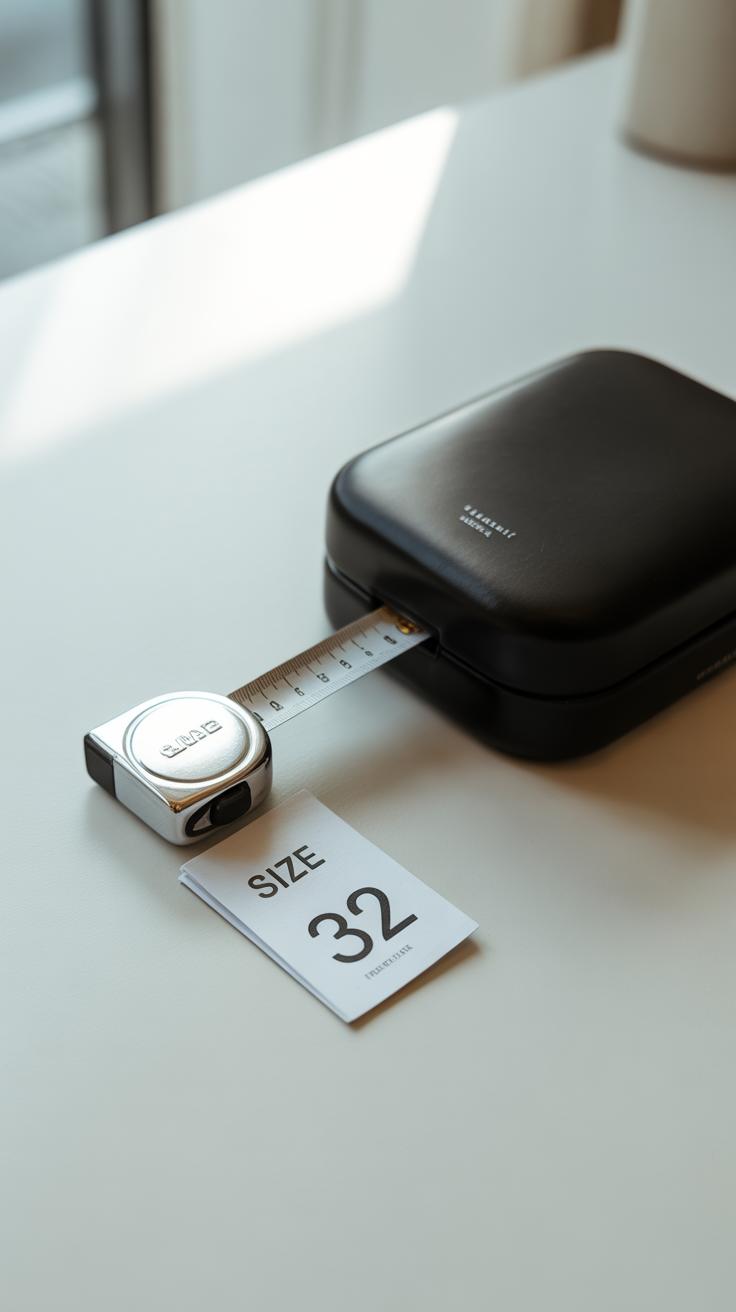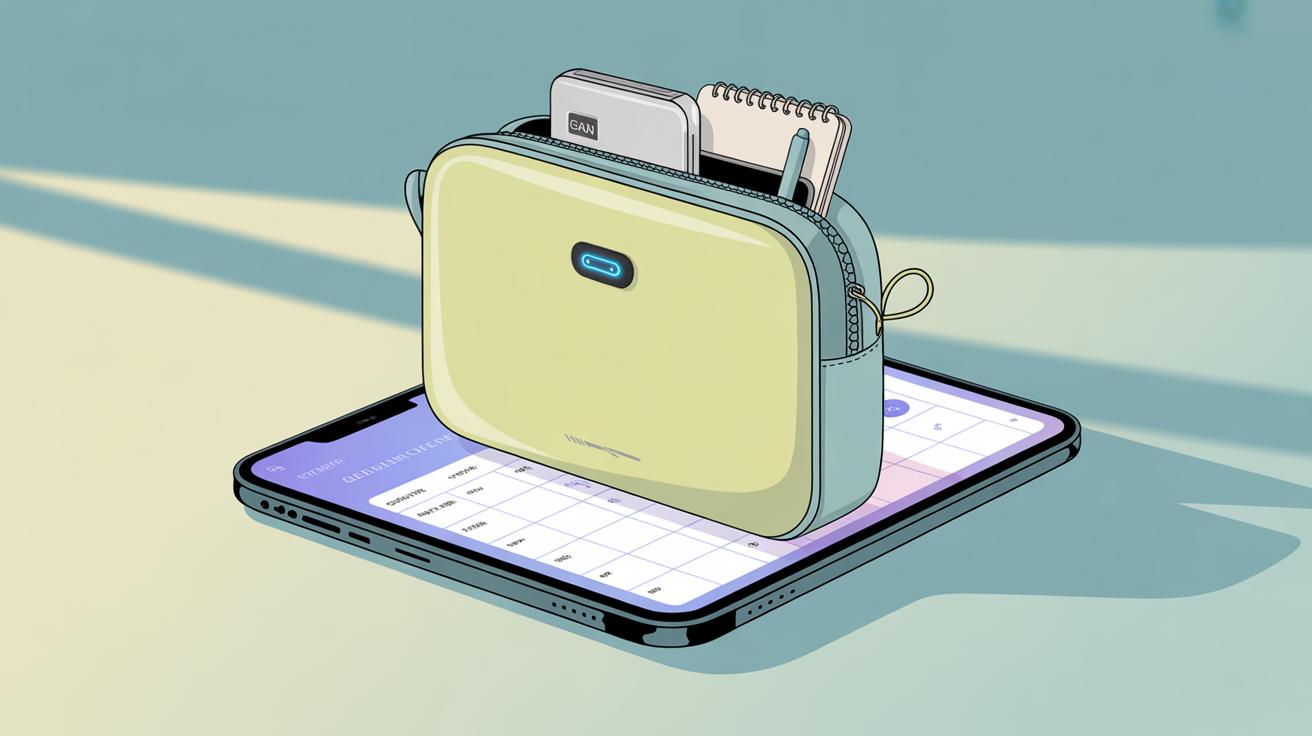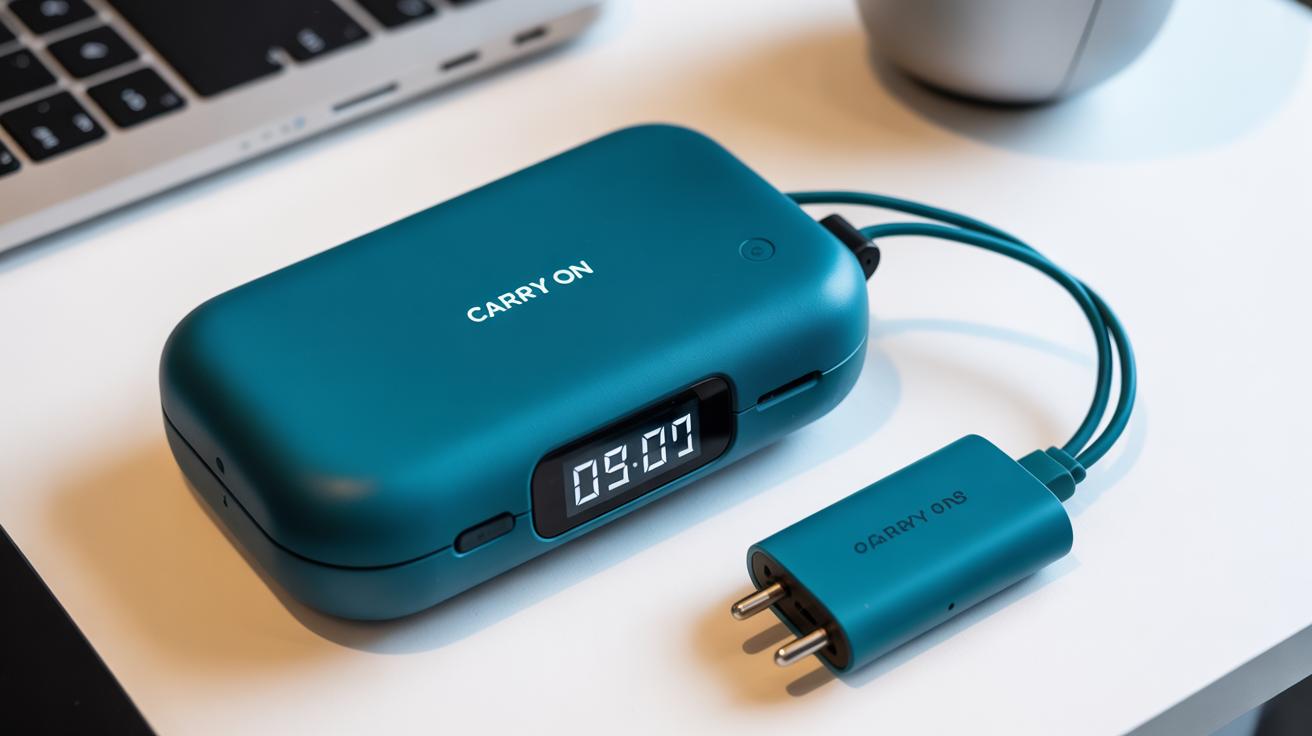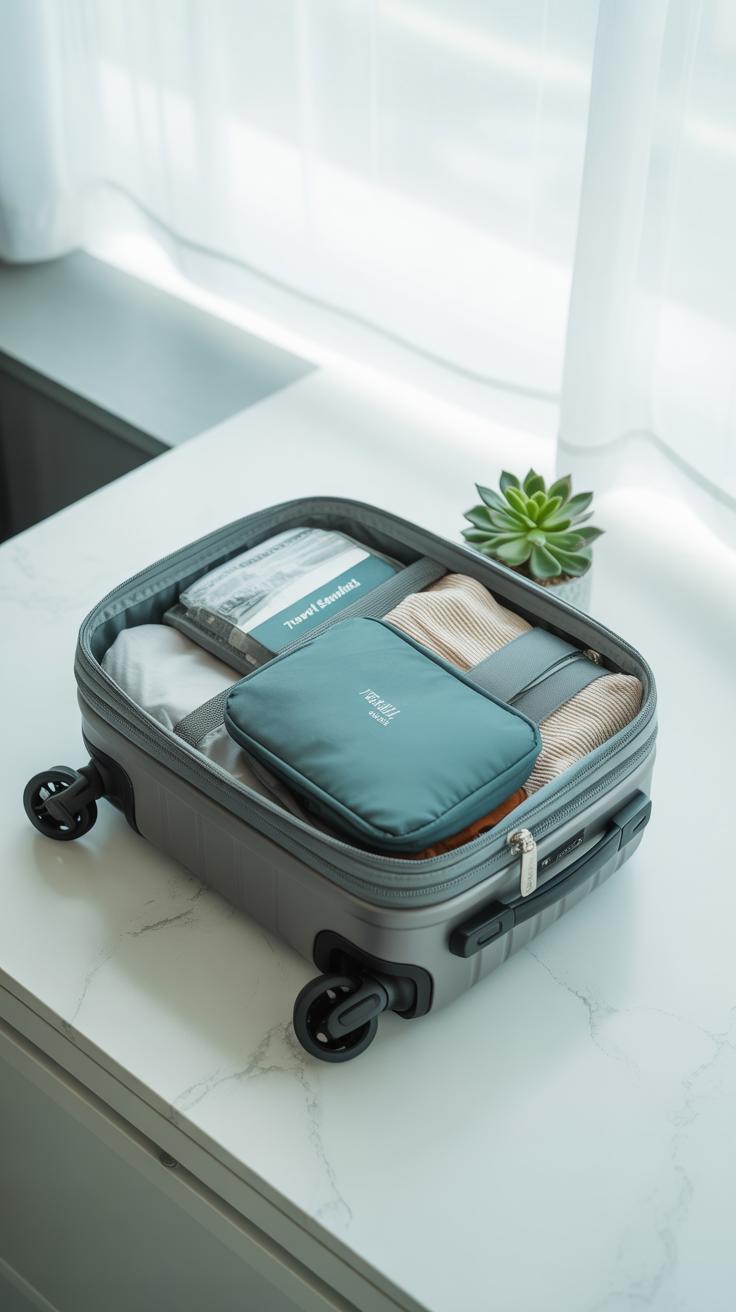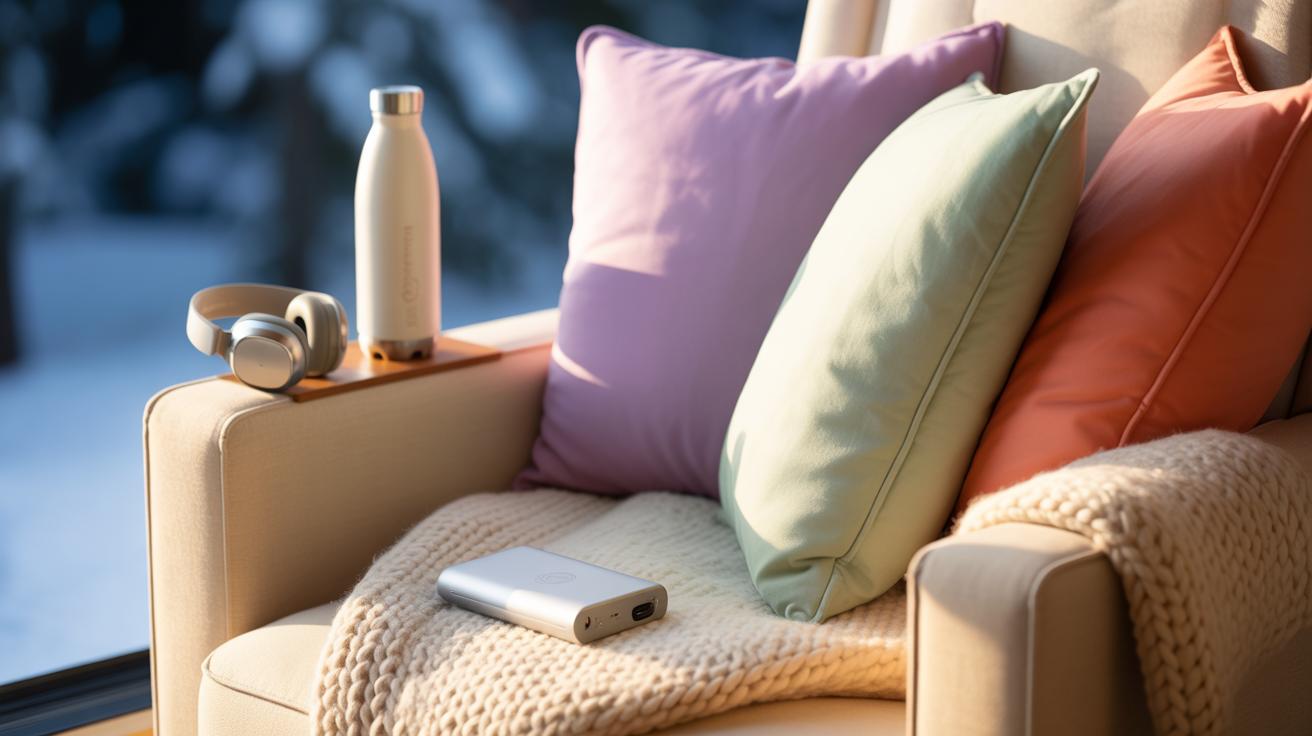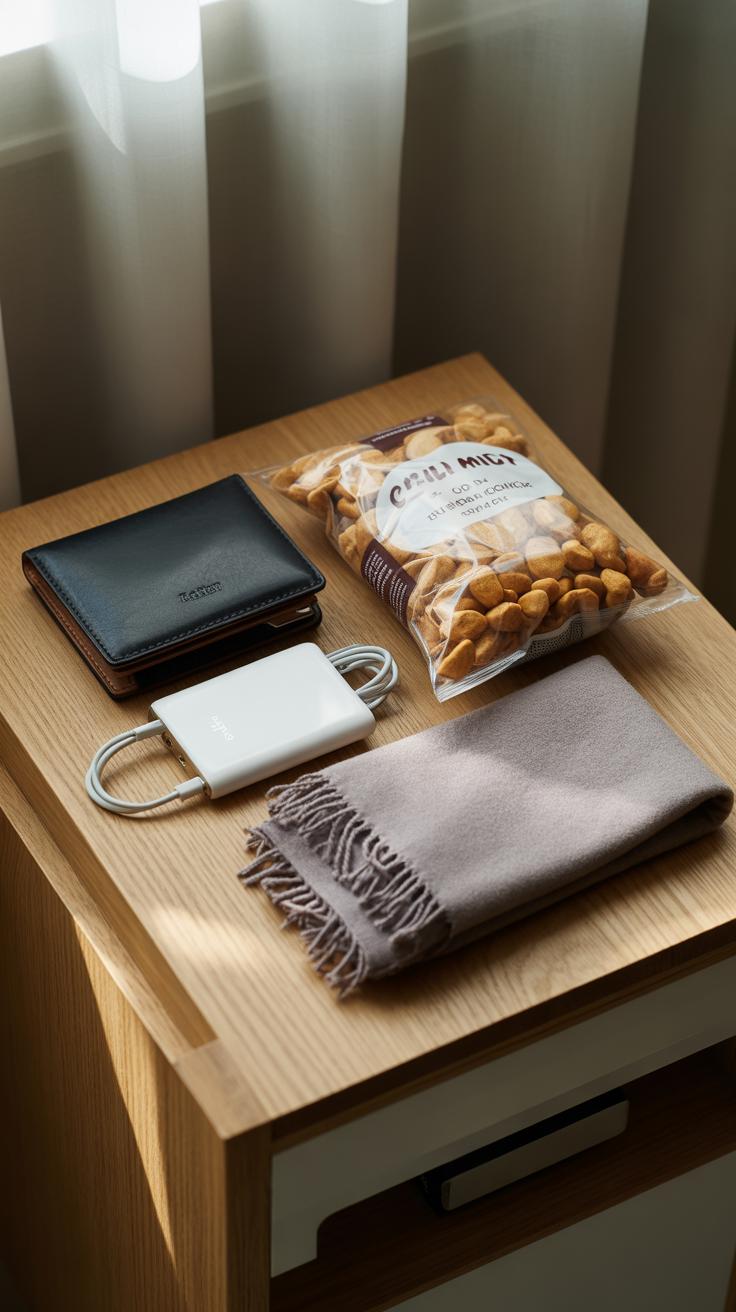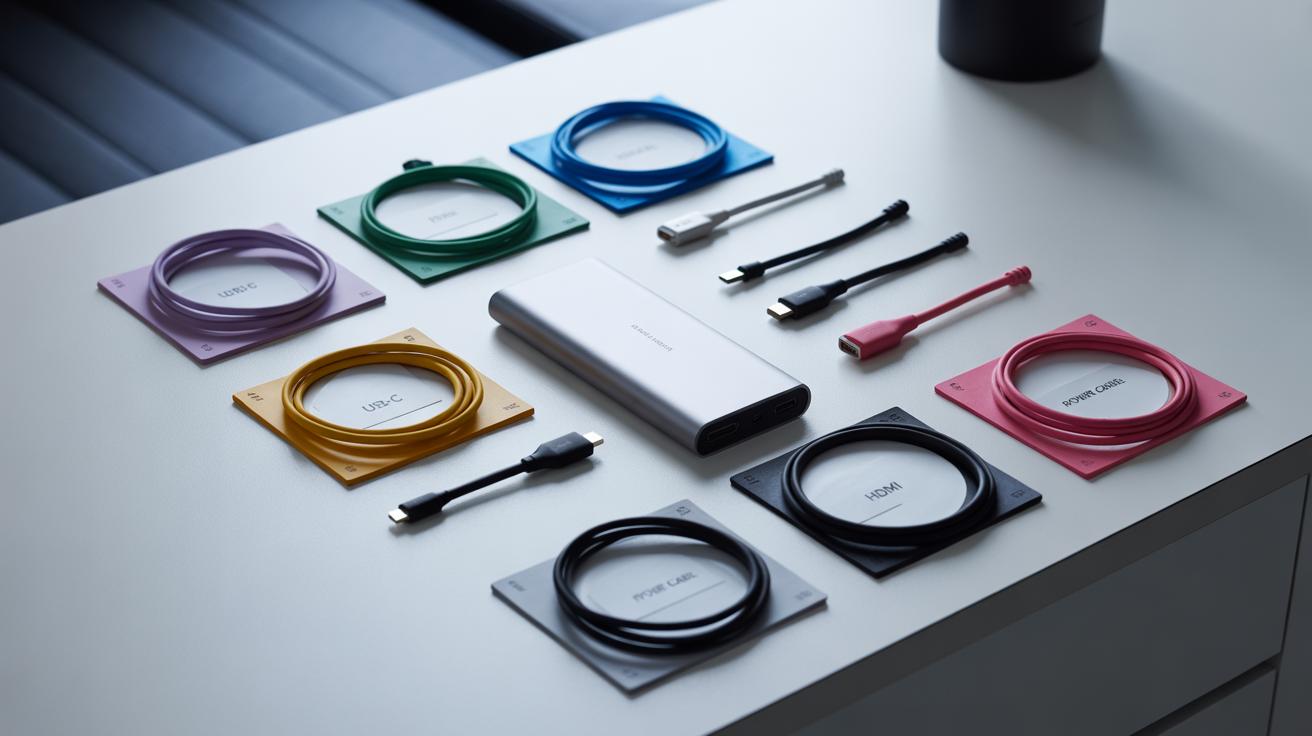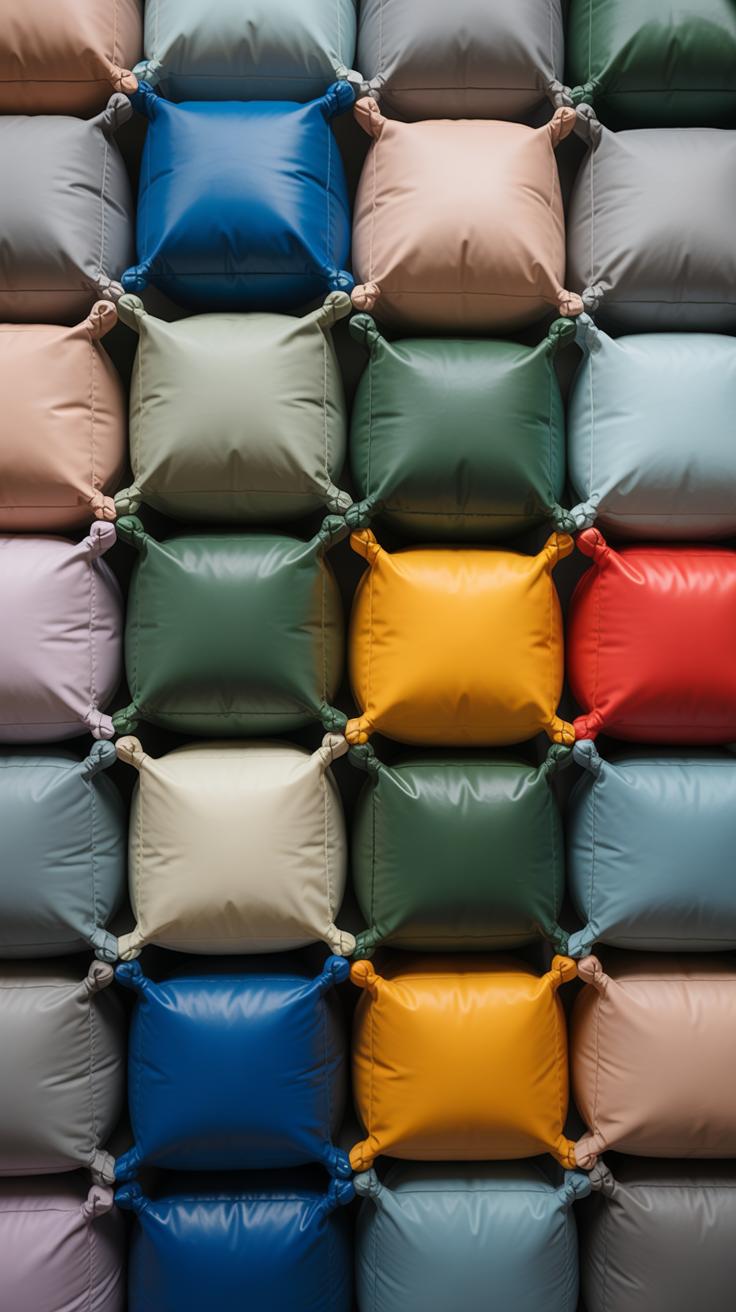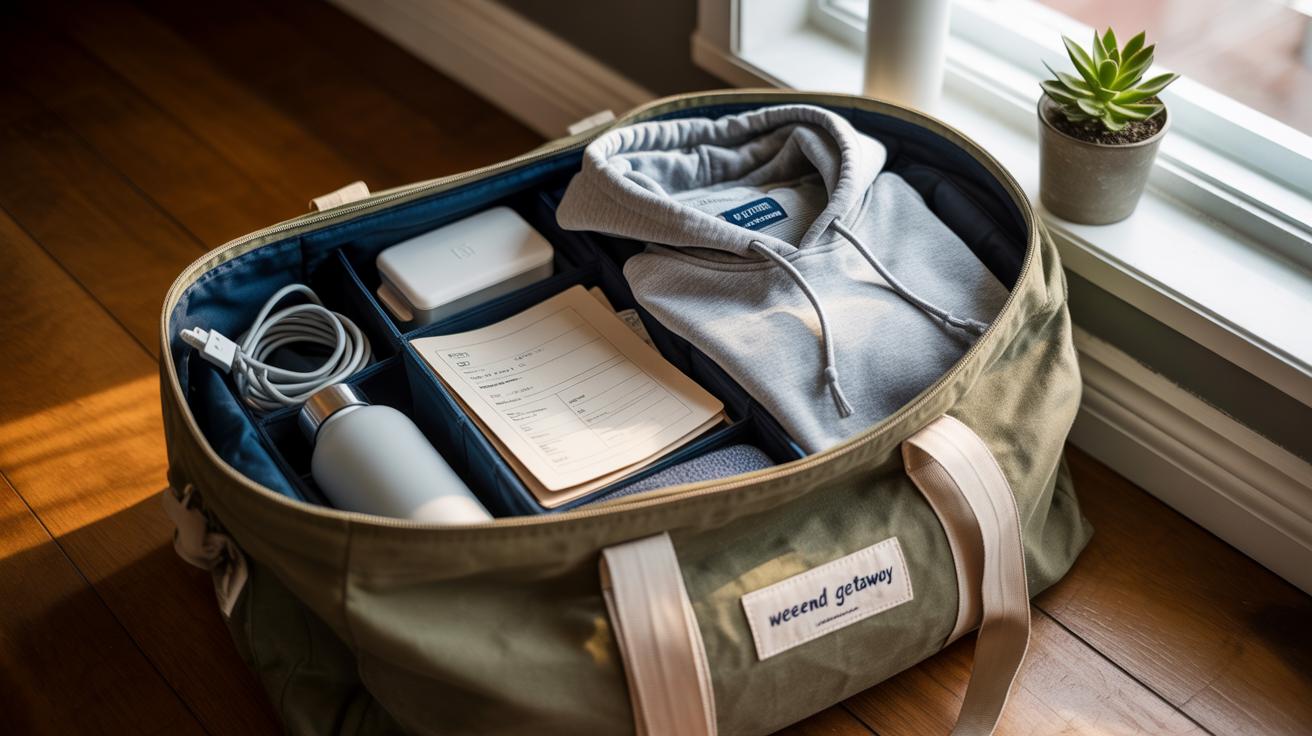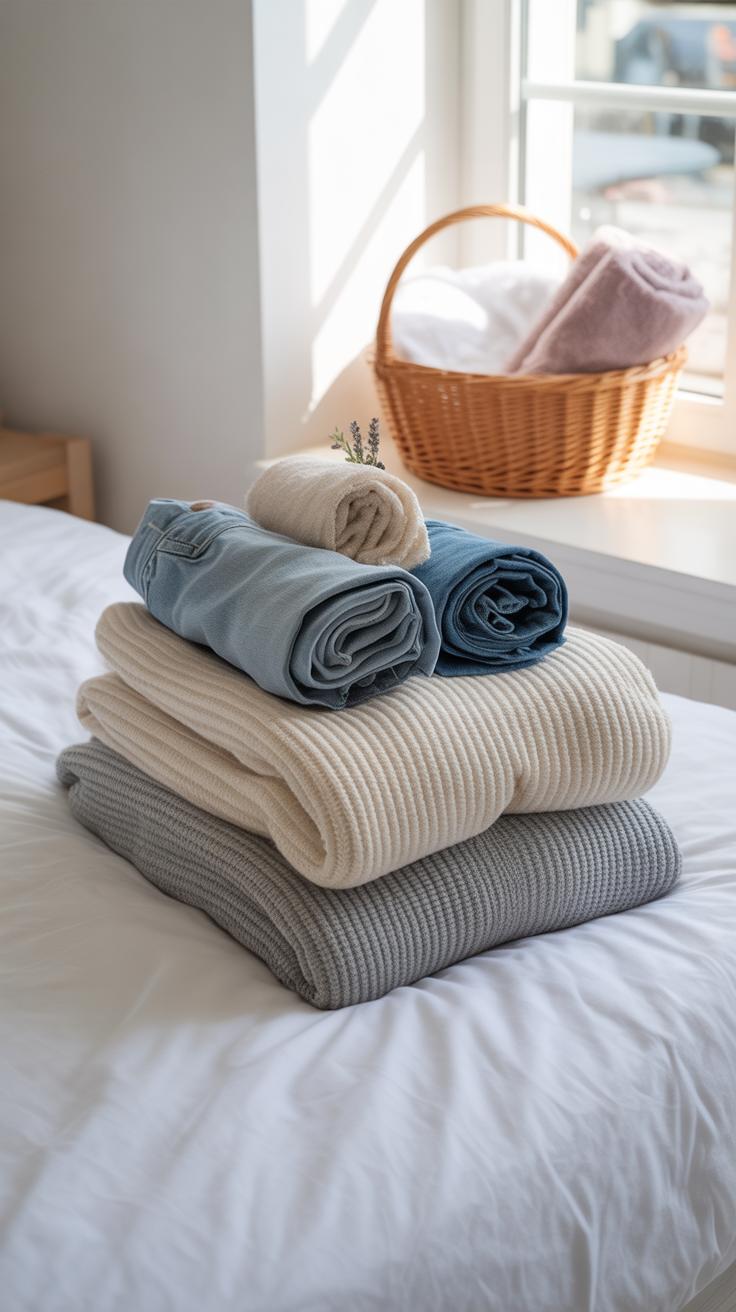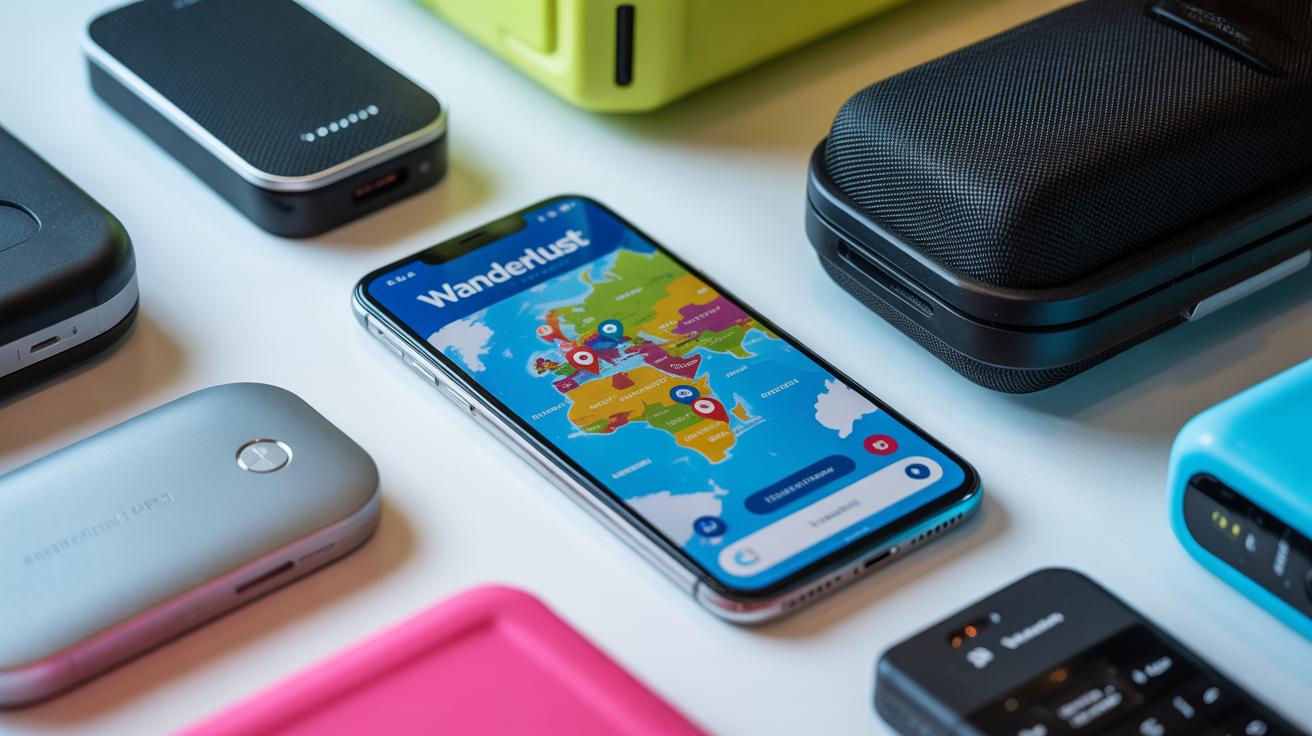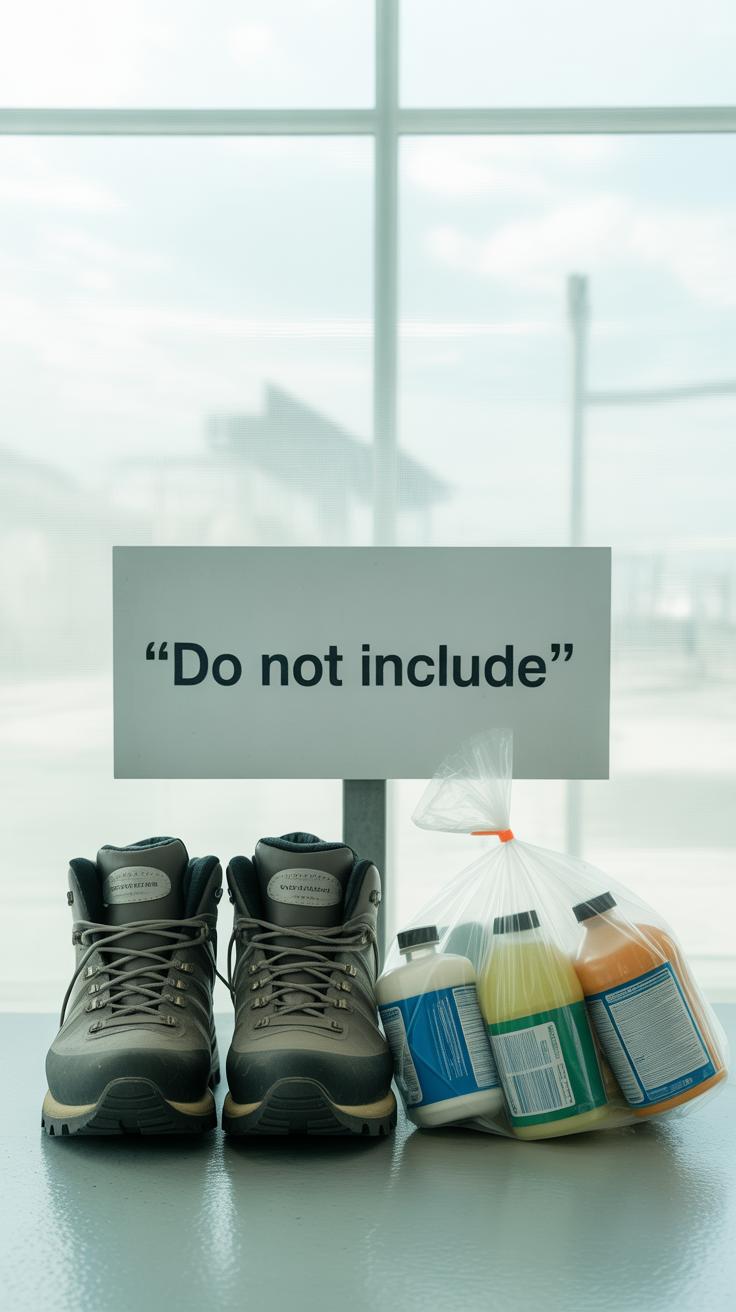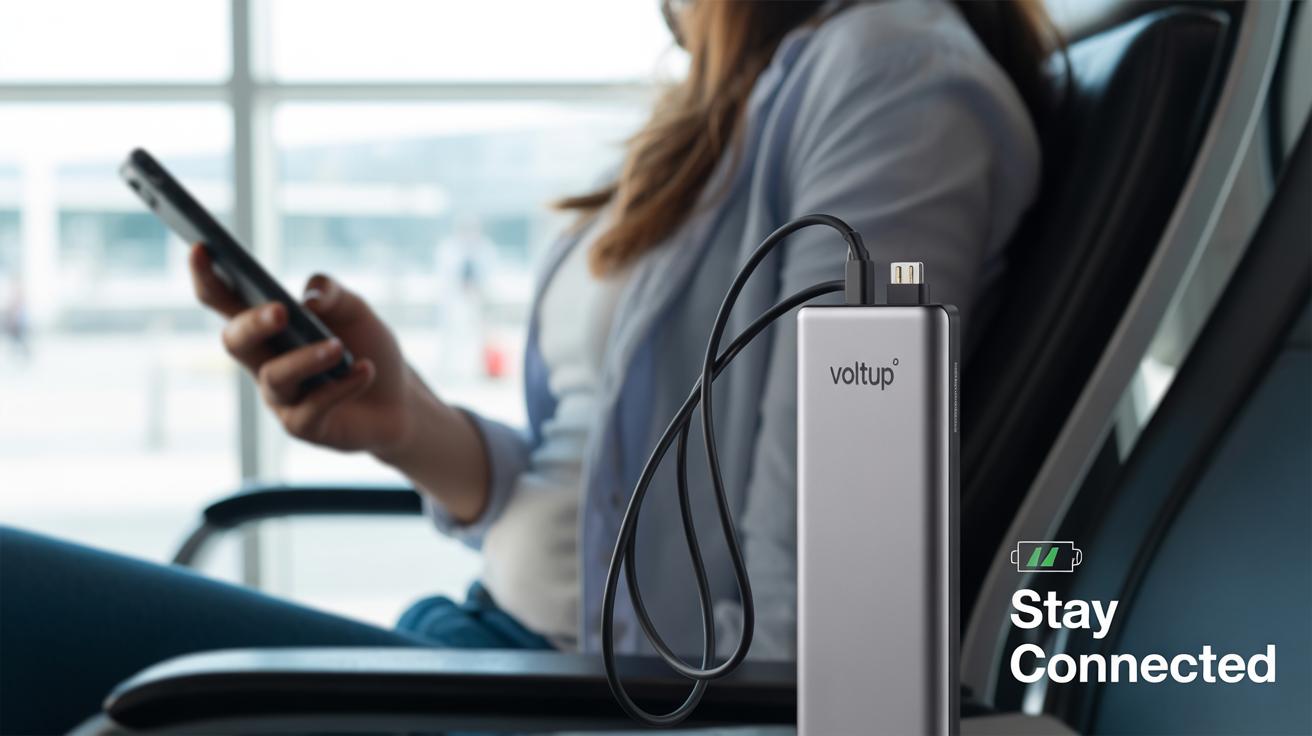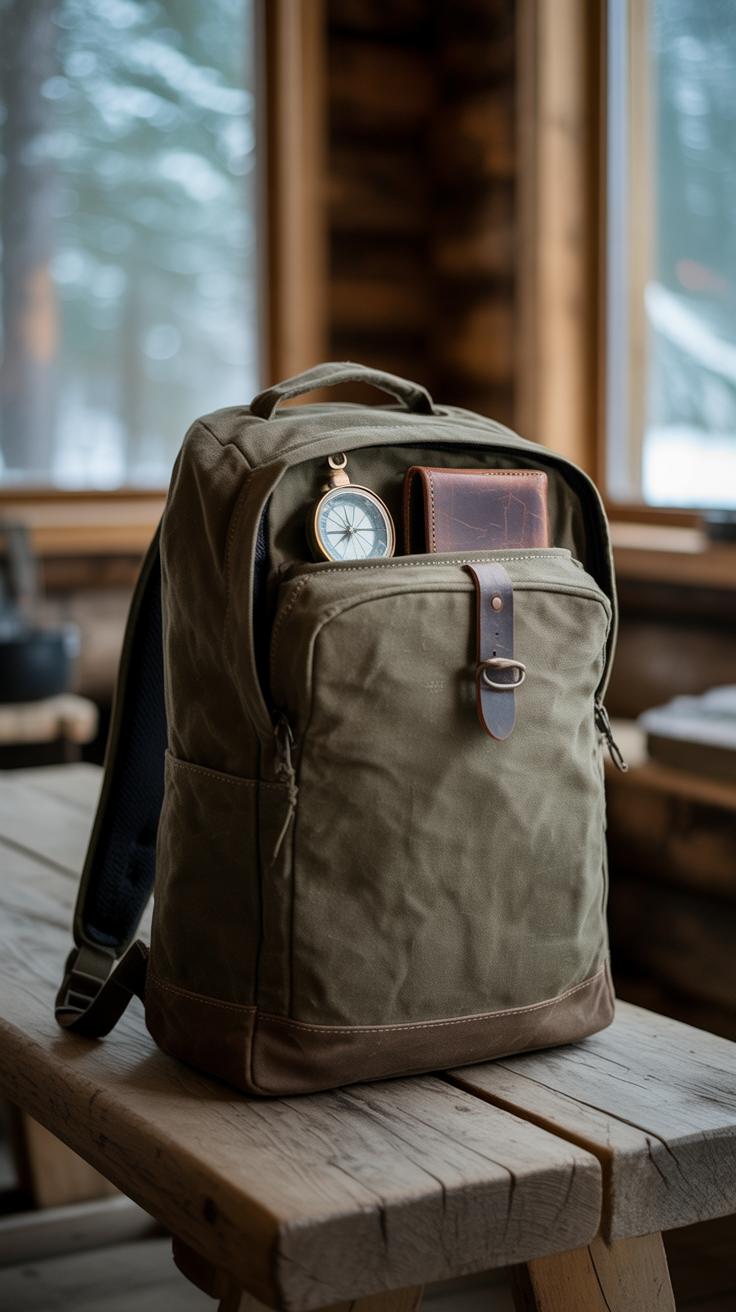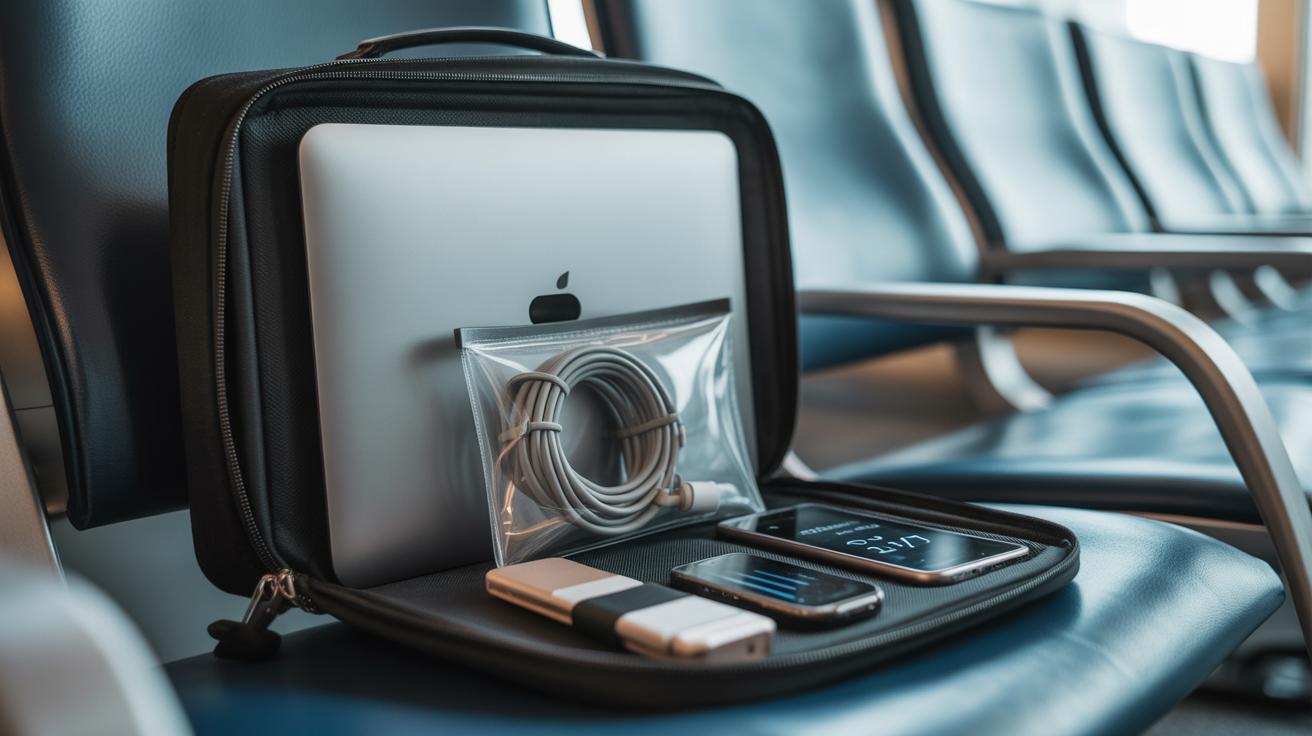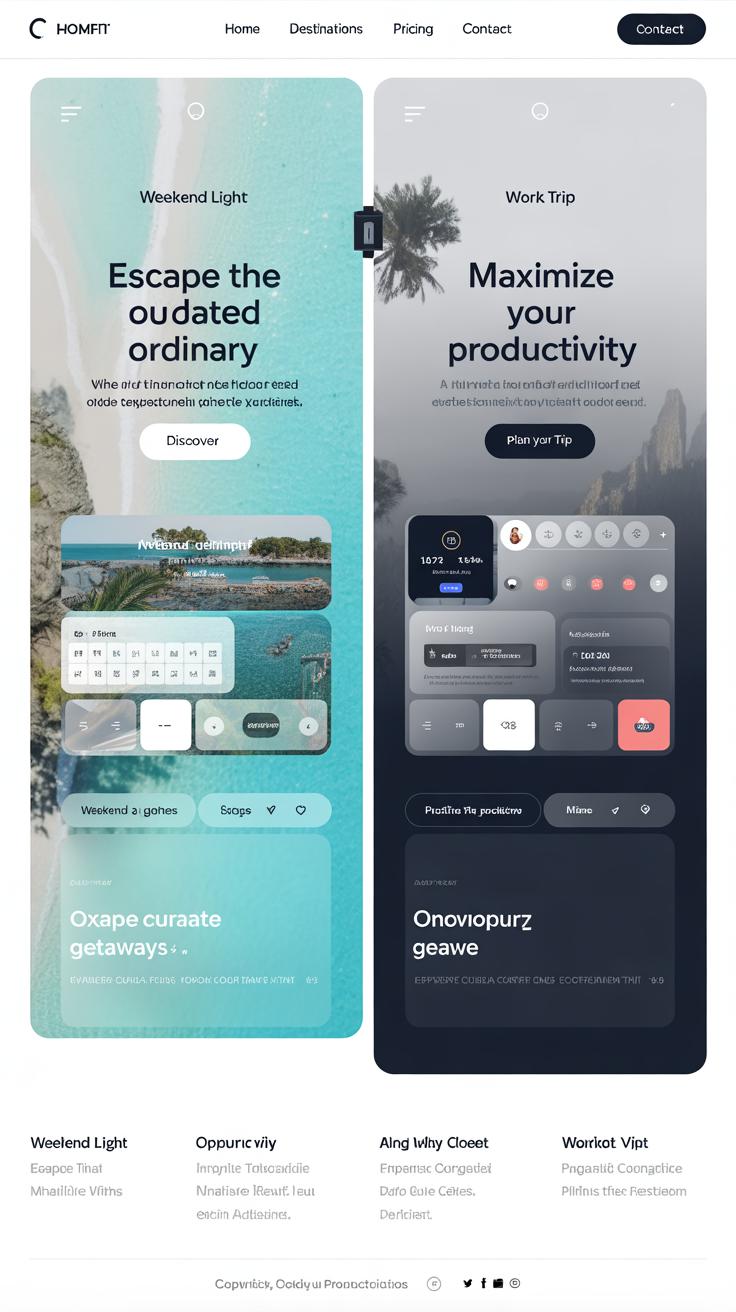Introduction
Traveling can be more enjoyable and less stressful when you pack smart. One way to make your journey smoother is to choose carry-on essentials that fit under your seat with room to spare. This way, you keep important items close and avoid the hassle of overhead bins.
In this article, we will explore what those essentials might be, how to pack them efficiently, and tips to maximize your space. Whether you travel often or just occasionally, these insights will help you carry what you need without extra bulk.
Understanding Carry On Size Limits
When it comes to carry-on luggage, size limits aren’t just a random rule—they’re tied closely to where your bag needs to fit, especially if you want it under the seat in front of you. Most travelers aim for that space because overhead bins fill up quickly, and grabbing your essentials from under-seat storage is just easier. Still, what exactly counts as an “under seat” bag depends on the airline and the plane.
The International Air Transport Association (IATA) suggests a maximum size around 40 x 20 x 25 cm for personal items that fit under the seat. But that’s a guideline, not a strict rule. Many airlines have their own detailed measurements, and these can vary quite a bit. For instance, some allow bags as large as 45 x 35 x 20 cm, while others stick to smaller dimensions.
This variation means you really need to check your carrier’s specifics before you fly. There’s no one-size-fits-all. Maybe you’ve seen people squeeze in a big backpack under a plane seat—sometimes it works, sometimes not. The shape of the bag, including wheels and handles, can also change the fit, even if the dimensions seem okay on paper.
Common Size Dimensions
Typically, bags designed for under-seat storage hover around 16-18 inches in length, 10-14 inches in height, and 8-10 inches in width. The tricky part is wheels and handles—they add bulk, which might stop a bag from sliding neatly under the seat. Soft-sided bags can squish a bit, which helps. Hard shells? Not so much.
Also, pay attention to how deep the under-seat space is in your plane. That’s often less than you expect, sometimes only 7-8 inches, so even thin bags can be a challenge. To be safe, measure your bag after packing, not just empty. Does it still slide in easily? That’s the real test.
How Airlines Vary
Airlines don’t follow a universal standard, which can get confusing. For example:
- American Airlines allows personal items up to 18 x 14 x 8 inches
- Southwest Airlines is a bit more generous on personal item size, but stricter on carry-ons
- European budget carriers often allow smaller bags due to tighter cabin space
Even within the same airline, aircraft types can differ. A regional jet might have less under-seat space than a larger plane. So, before your trip, check your airline’s website but also look up the aircraft model if possible. It feels like a hassle, but it pays off if you hate juggling bags in crowded gates or during boarding.
So, how strict are these rules? Usually, agents show some flexibility, but it depends on how full the flight is. What if your bag doesn’t fit? Sometimes you’ll have to gate-check it, which isn’t the end of the world but defeats the purpose of having items immediately accessible.
Choosing the Right Carry On Bag
Shape and Size Matters
When picking a bag to fit snugly under the seat, shape really does matter more than you might expect. Bags with a rectangular or square outline usually slide under seats easier—no fussing or awkward adjusting. Round or bulky bags, in contrast, often end up halfway blocking the aisle or refusing to tuck in completely.
Think about that limited space in front of you. It’s not just length but also height and width that count. A bag shaped closer to a neat rectangle will make better use of that space, letting you pack more without the struggle. I’ve found that bags designed with this purpose in mind save a lot of time and frustration at the gate.
Still, some bags tout soft sides that can squish down. That’s tempting for flexibility, but sometimes they just bounce back to bulkiness once loaded. So, balancing shape with how the bag holds its form under load is key.
Materials and Durability
The material your bag’s made from has a big impact on both how light and durable it is. Lightweight fabrics like ballistic nylon or polyester are common—and for good reason—they keep the bag’s empty weight low, which means you can pack a bit more without tipping the scales.
Durability also matters, especially if you tend to haul your bag around a lot or stash it in tight spaces. Rigid or semi-rigid frames protect your things from being squished, but too much structure can make squeezing under the seat a challenge. Soft-sided bags might flex better, but might wear out faster if made with cheap materials.
One time, I brought a bag with a tough outer shell that bounced through a few rough skies without a scratch. It added some grams but felt worth it. So, perhaps it’s about what you prioritize: sturdiness or weight savings. I guess no perfect answer there.
Look for bags with well-stitched seams and solid zippers. They don’t stand out but can make the difference after many trips. Don’t overlook compartments either—organized pockets can keep your essentials handy without digging through a big, messy sack.
MustHave Essentials for Your Carry On
Travel Documents and Valuables
When it comes to packing your under-seat carry-on, travel documents and valuables should be your top priority. Tickets, passports, boarding passes—these go in the same spot you can reach quickly. It’s not just about convenience; having these essentials close at hand reduces the risk of losing them or causing a scramble at the gate. I’ve noticed that stashing electronics like phones, tablets, and chargers alongside your wallet and important papers keeps everything secure and organized.
Since the bag sits right under your seat, you can keep an eye on it throughout your trip. At times, I’ve found myself pulling out my phone or passport multiple times before boarding, so having them all together saves those frustrating searches. A little extra care in packing these key items can make a huge difference when time’s tight or when unexpected things happen during travel.
Comfort Items
Comfort items might not seem essential until you find yourself trapped in a cramped airplane seat for hours. I always pack a small inflatable neck pillow—it deflates easily to tuck into the side pocket and doesn’t eat up much room. Alongside this, a few basic snacks go a long way. Think granola bars, nuts, or dried fruit. Often, airline food options aren’t exactly inspiring, especially on short flights.
A reusable water bottle is another comfort must-have. Filling it up before security means you stay hydrated without having to rely on flight attendants or buy expensive bottled water at the airport. It does take up some space but packing it empty and flat helps. If you’re wondering whether you’ll actually use these items, I guess it depends on your travel style—but I’ve often been glad to have these small comforts close by rather than packed away somewhere unreachable.
Organizing Your Bag for Maximum Space
Use Packing Cubes and Pouches
Packing cubes aren’t just for neat freaks. They actually help you separate different types of items, like keeping your electronics chargers apart from your socks, which makes everything easier to find. When things have a designated spot, it’s less likely you’ll have to dig through the whole bag every time you need something small. Plus, cubes compress your clothes a bit, which can create extra breathing room even in a tight under-seat bag.
You might wonder if adding these cubes takes up more space. At first, it feels like it does, but once you start filling them, you realize you’ve gained control—and oddly, more room. Pouches for toiletries or tech gear also protect items from shifting around, so no unexpected spills or tangled cords mid-trip.
Roll Clothes Instead of Folding
Rolling clothes is a bit of a classic trick, but it’s popular for good reasons. Instead of folding, rolling squeezes fabric into tight tubes that can fit snugly into corners and gaps. It’s probably saved me at least a few trips from needing an extra bag.
It’s not perfect for every piece—delicate shirts or stiff fabrics might crease oddly—but for T-shirts, pants, and casual dresses, rolling can reduce wrinkles better than you’d expect. Plus, when you roll, each item becomes like a small parcel you can tuck here or there, filling odd spaces under or around other items. This technique really helps when you carry more than a couple of outfits.
Have you tried mixing cubes with rolling? Sometimes rolling inside cubes is the best of both worlds. Together, these methods prevent your bag from feeling like a messy pile. You spend less time unpacking and more time actually enjoying your trip, which is really the whole point, isn’t it?
Smart Packing Tips to Save Space
One way to really slim down your load is to pick items that do double duty. Think of a scarf that can serve as a wrap if it gets chilly on the plane, or a phone charger that also works as a portable battery. These small choices trim your bag without making you feel like you’re missing anything.
Consider packing clothes that mix and match well, so you don’t need a new outfit for every occasion. A single pair of shoes that fits both casual and slightly dressier looks can save a surprising amount of room. I’ve found this especially helpful when traveling to places where the weather shifts unexpectedly—you just have this layered approach ready to go.
Travel-size toiletries are another obvious, but often overlooked, space-saver. Carrying mini versions of shampoo, toothpaste, and lotion not only meets security rules but frees up space for other essentials. You might feel a bit limited by these small containers at first, but they usually last longer than expected. Plus, if you really run out, grabbing essentials at your destination isn’t too difficult, and it lightens your initial load.
If you pack these compact and dual-function items thoughtfully, you might even find extra space left over under your seat. What could you add with those few extra inches? Maybe a light book, a snack, or just the peace of having some wiggle room for last-minute finds.
What to Avoid Packing Under Seat
When deciding what to pack under your seat, some things just don’t belong there. Bulky items, for example, can turn your neat little space into a cramped mess. Think about travel pillows or large camera gear—they take up too much room and might get damaged in tight spots. Those are better stowed in overhead bins, where there’s space to breathe.
There’s also the issue of liquids. While you might want your favorite lotion or that tempting bottle of water handy, airport security limits what you can carry on. Bottles over 3.4 ounces will cause trouble, and it’s easier to just check those or buy a fresh drink once you’re past security. Trying to squeeze larger liquids under seat only complicates security checks and wastes time.
Heavy or sharp objects also deserve a mention. A heavy book or an oddly shaped gadget might sound harmless, but think about the inconvenience—or worse, the potential hazard if you need to move quickly. Knives, scissors, and anything edged are outright banned in your carry-on, so don’t even take the risk. You can pack those in checked bags if they must travel.
Sometimes, it’s tempting to shove everything under the seat “just in case,” but it rarely works out. Keeping dangerous, bulky, or liquid-heavy items out of under-seat bags not only saves space but lowers stress, both for you and those around you. Where to put these things? Overhead bins or checked luggage usually make better homes.
Tips for Accessing Your Bag During the Flight
When your bag lives under the seat, grabbing what you need quickly can feel like a mini challenge. Placing what you use most—like your drink, headphones, or snacks—right on top is a simple way to avoid a frustrating shuffle. Think about it: no digging through layers just to find your water bottle or phone charger when you’re settling in or feeling thirsty.
Try to arrange these items in separate, easily reachable spots near the opening of your bag. It might seem a little picky, but organizing this way can turn that awkward stretch under your seat into something almost smooth.
Another trick is to use a small pouch inside your main bag for the really important stuff—passport, phone, medication, maybe even some cash. This pouch acts like a mini bag within a bag, saving you the hassle of sifting through everything when you just need that one item urgently.
Sometimes I’ve found myself fumbling around for my passport mid-flight, and having a tiny, clearly visible pouch would have saved some anxiety. It’s like giving your essentials their own little home—makes you wonder why more people don’t do this.
Adjusting Your Pack Based on Trip Type
Weekend Trip Essentials
For a quick weekend trip, your under-seat bag can stay quite minimal, which feels like a relief when you’re rushing out the door. Think practical, not overwhelming. Pack one or two changes of clothes—maybe a pair of jeans or casual pants and a versatile top or two. You don’t need a full wardrobe for just a couple of days.
Toiletries should be travel-sized, and focus on the basics: toothbrush, toothpaste, deodorant, and any skin-care products you can’t skip. A lightweight jacket or cardigan can fit easily and come in handy, in case the weather flips unexpectedly.
Don’t forget your phone charger and a small power bank if you rely on your devices. A paperback or a tablet with downloaded content works better than lugging a bulky book. Oh, and maybe slip in a reusable water bottle—you’ll thank yourself during airport security and the flight.
It’s easy to want to throw in just about everything “just in case,” but you’ll appreciate how much room you save by sticking to these essentials. Less clutter means less stress when you need to access things mid-flight or during a layover. Have you noticed how freeing it is when your bag isn’t bursting at the seams?
Business Travel Must-Haves
Business trips demand a slightly different strategy, especially when your under-seat carry-on has to hold everything without looking like you’re hauling your entire office. Prioritize items that keep you polished and productive, but don’t go overboard.
A wrinkle-resistant shirt or blouse, a pair of smart trousers, and maybe a compact blazer can fit nicely if rolled carefully. You might be tempted to bring a full outfit for each day, but packing a small travel steamer or wrinkle-release spray can help you freshen clothes instead.
Tech gear takes priority: laptop or tablet, chargers, earbuds, and a universal adapter if you’re crossing borders. Carry your work essentials—business cards, a notebook or tablet for meetings, and a slim pen. A slim toiletry kit with your grooming basics is enough. Perfume or cologne? Only if that feels necessary; no need to fill your bag with extra weight.
Think about what you’ll actually use during the trip versus what you “might” need. Sometimes, less really is more, especially when you want to avoid the hassle of digging through an overstuffed bag during a busy travel day. You don’t want to be that person pawing under the seat in front of you, trust me.
Conclusions
Choosing the right carry-on essentials and packing them smartly helps you stay organized during travel. When your bag fits under the seat with extra room, you have quick access to your things and less worry about lost or delayed luggage.
Remember the tips and tricks shared here to pack light, keep what you really need, and enjoy more comfortable trips. Packing smart is about being prepared and traveling with ease.

